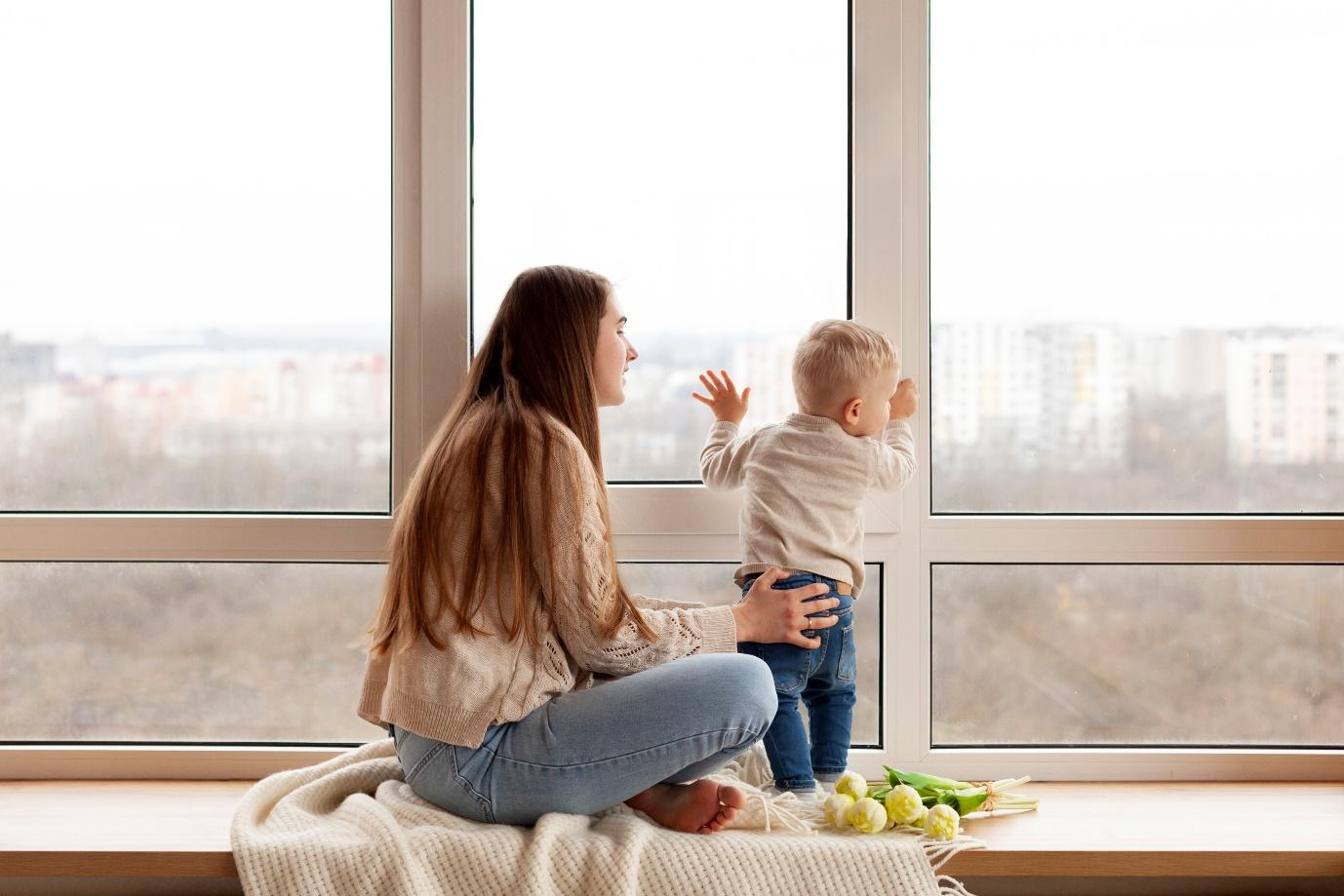In today’s world of home design and renovation, uPVC casement windows have become increasingly popular due to their versatility, durability, and energy efficiency. Whether you’re considering installing new windows or upgrading your existing ones, understanding the ins and outs of uPVC windows is essential. This comprehensive guide will walk you through everything you need to know to master the art of uPVC casement windows.
1. Understanding uPVC Casement Windows:
Definition and Design: uPVC casement windows are hinged at the side and open outward. They typically feature single or multiple panes of glass that are fitted into a uPVC frame. This design allows for easy operation and excellent ventilation.
Benefits: uPVC casement windows offer numerous benefits, including energy efficiency, noise reduction, low maintenance requirements, and enhanced security features. They are also available in a variety of styles, colors, and finishes to complement any architectural design.
2. Advantages of uPVC Casement Windows:
Energy Efficiency: uPVC is a highly insulating material, which helps to reduce heat loss and energy consumption. This can lead to lower heating and cooling costs throughout the year.
Low Maintenance: Unlike traditional wooden windows, uPVC casement windows require minimal maintenance. They are resistant to rot, rust, and corrosion, and can be easily cleaned with soap and water.
Security: uPVC casement windows come with advanced locking mechanisms and durable frames, providing enhanced security for your home.
Noise Reduction: The tight seals and insulation properties of uPVC casement windows help to reduce outside noise, creating a quieter and more peaceful indoor environment.
3. Installation Process:
Professional Installation: While some homeowners may attempt to install uPVC casement windows themselves, it is highly recommended to hire a professional for proper installation. This ensures that the windows are fitted correctly and sealed tightly, maximizing their energy efficiency and longevity.
Customization Options: During the installation process, homeowners have the opportunity to customize their uPVC casement windows according to their preferences. This includes choosing the size, style, color, and hardware options that best suit their home’s aesthetic.
4. Maintenance Tips:
Regular Cleaning: To keep uPVC casement windows looking their best, regular cleaning is essential. Simply wipe down the frames and glass with a mild detergent and water solution, then rinse thoroughly with clean water.
Inspect Seals and Hardware: Periodically inspect the seals and hardware of your uPVC casement windows for any signs of wear or damage. Replace worn seals and tighten loose hardware to maintain optimal performance.
Avoid Harsh Chemicals: When cleaning uPVC casement windows, avoid using harsh chemicals or abrasive cleaners, as these can damage the surface of the frames and compromise their integrity.
5. Cost Considerations:
Initial Investment: While uPVC casement windows may have a higher initial cost compared to other window types, they offer long-term savings in energy costs and maintenance expenses.
Return on Investment: Installing uPVC casement windows can increase the value of your home and improve its curb appeal, leading to a higher resale value in the future.
Conclusion:
Mastering the art of uPVC casement windows involves understanding their design, benefits, installation process, maintenance requirements, and cost considerations. By choosing uPVC casement windows for your home, you can enjoy enhanced energy efficiency, security, and aesthetics for years to come. With proper care and maintenance, uPVC casement windows can truly stand the test of time, providing comfort, style, and value to your living space.
